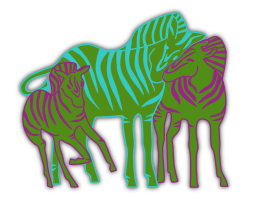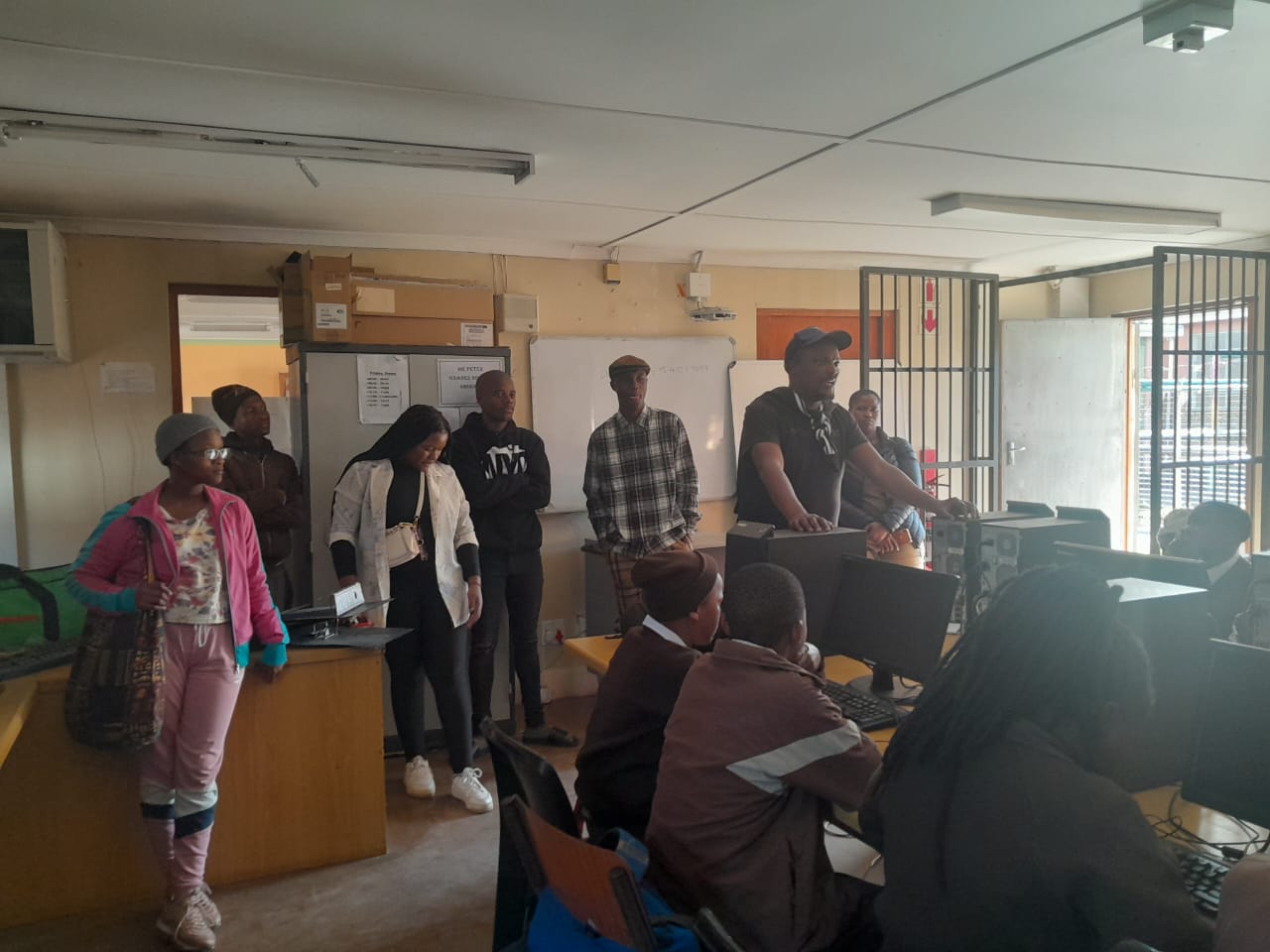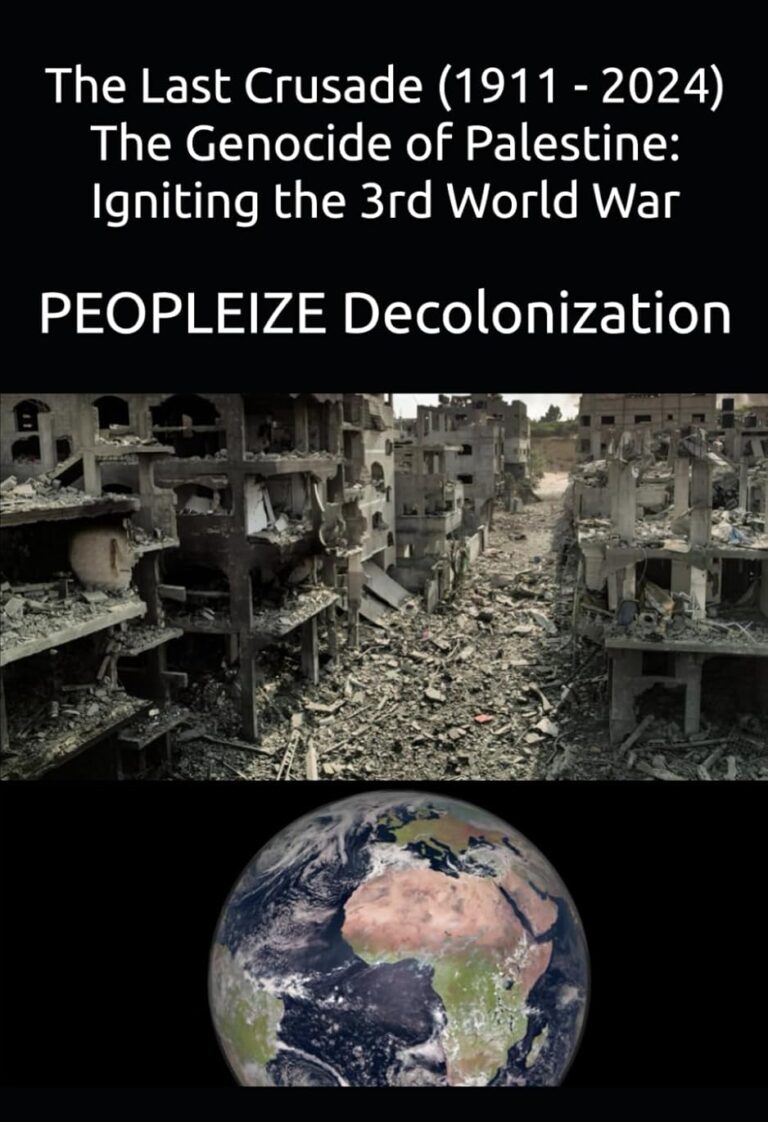What if the way our money system works is the biggest reason for inequality, poverty and public debt? We are told a story: that a government cannot be trusted to create or print its own money, so we must give that power to private banks and borrow it back with interest. This, we’re assured, is what keeps the government financially responsible. This is simply gaslighting!
Explanation of Why This is Gaslighting
This narrative is gaslighting because it is a psychological manipulation tactic designed to make us doubt our own logical reasoning and accept a reality that is fundamentally inverted and harmful. It does this through several key mechanisms:
-
It Inverts Reality. The story claims that giving away the power to create money promotes “fiscal responsibility.” But in reality, this action guarantees perpetual debt and insolvency. It’s like telling someone that to become more financially secure, they must first take out a massive, unpayable payday loan from a loan shark. The solution presented is, in fact, the cause of the disease.
-
It Pathologizes the Obvious Solution. The most straightforward, logical solution for a sovereign community (government) to create its own currency, debt-free, as a public utility is framed as “irresponsible,” “dangerous,” or “impossible.” They make the sane option seem crazy, while normalizing the insane, private banking exploitative system we live under.
-
It Creates a Double Bind. The system is designed to fail, and then we are blamed for the failure. The government is forced into debt by the very structure of the monetary system, and then we, the people, are told we must accept austerity (cuts to services, higher taxes) because the government has “overspent” and is “irresponsible.” We are punished for a problem we did not create and that is structurally enforced.
-
It Protects the Abuser. The entire narrative serves to protect the profitable position of the private banking system. By making us believe there is no alternative, they ensure a continuous, risk-free stream of wealth collected as interest from public taxes, flowing from the people to a small financial elite.
In short, the gaslighting is this: We are told that surrendering our sovereign power to create money is responsible, when it is in fact an act of community (government) self-sabotage that benefits a private banking cartel. They convince us that our servitude is our salvation.
What if money isn’t supposed to be a product sold to us by banks, but is actually meant to be a public tool, owned by all of us, and managed by our community (government) for our equal benefit?
Imagine a different system. Imagine that at the start of every SunRun (365 earth rotation around sun), every single person on earth receives the same direct allocation of funds from their community (government) not as a loan, but as a right. Enough to cover what you need based on the estimate each individual gives to their community (government) to live. Every local business also gets the funding it needs to operate and provide for the community. The goal? To make sure money does its one job: facilitating fair exchange, not creating a hierarchy of debt.
And if you want to build something new, start a company, make a major purchase you wouldn’t have to beg a for-profit bank. You’d apply to your community (government) for additional funding, support, both financial and educational.
This isn’t a fantasy. This is what it means to decolonize money. It’s about taking back the power to create our currency from private banks and reclaiming it for the people. It’s about ending the engineered scarcity that keeps us in competition and debt, and choosing a system of provision and shared prosperity instead.
The United States is the number one economy in the world. This claim is repeated in news media, celebrated by politicians, and accepted as gospel.
But this is not a fact. It is a carefully constructed myth.
The title of “#1 economy” refers to a single, deeply flawed metric: Gross Domestic Product (GDP). It measures the sheer volume of economic activity, but it tells you nothing about the foundation upon which that activity is built.
The truth is that the U.S. is not an economic champion; it is the world’s most indebted nation, running on a dangerous cocktail of borrowed money and unchecked arrogance. The so-called “powerhouse” is structurally unsound, and the data proves it.
Let’s cut through the propaganda. If you owned a company that earned $100,000 but it cost over $180,000 to operate and is currently in debt because it has to still borrow more money every single day to stay in operation, you wouldn’t call it successful. You’d call it bankrupt. So why do we accept this logic for a country?
The current colonial monetary system forces this exact insolvency upon nations. Money, a public utility, is created by a central bank and funneled through private lenders, forcing the government and by extension, its people into perpetual, unpayable debt.
To decolonize money is to reject this engineered failure, reclaiming the sovereign right to create currency as a tool for public prosperity, not private profit. The real measure of a nation’s economic health isn’t the size of its annual output, but the sustainability of its finances. The most critical number is the Debt-to-GDP Ratio, the measure of a country’s debt relative to its income.
The United States has a national debt of $36 trillion. Compared to its $28 trillion GDP, its Debt-to-GDP ratio is a shocking 128%.
This isn’t a minor detail. It is the central fact of the American economy. And when we rank the U.S. against other major nations using this honest metric, the “undisputed champion” falls to the very bottom of the list.
We have gathered data on 24 other countries from Africa, Asia, and Europe. The following table ranks all 25 nations from the most fiscally responsible (lowest debt burden) to the most reckless (highest debt burden). This is not a ranking of power, but of prudence.
Nations like Algeria, Indonesia, and Nigeria are systematically portrayed as economically less significant. Yet, by the fundamental measure of living within one’s means, they are dramatically more responsible and sustainable than the United States. Their economies are built on more solid ground.
The Colonial Financial System: Two Sets of Rules
The most glaring hypocrisy lies in the brutal double standard of the global financial order – an order created by and maintained for the benefit of former European colonial powers and their descendant nations.
When countries in Africa or Asia face debt challenges, they are subjected to brutal austerity measures imposed by institutions like the International Monetary Fund (IMF) and World Bank, institutions where voting power is dominated by the United States and European nations. The consequences are severe:
Ghana, with a debt-to-GDP ratio of 85%, was forced to implement strict austerity measures, including spending cuts and tax increases that disproportionately impact its most vulnerable citizens, in exchange for a $3 billion IMF bailout.
Zambia, spending over 40% of its revenue on debt servicing, faced years of difficult negotiations with creditors, primarily China and Western bondholders, that delayed its economic recovery.
Sri Lanka, deemed unable to service its debt, faced economic collapse, with its sovereignty undermined as it negotiated with international creditors.
Meanwhile, the United States, with a debt burden 50% higher than Ghana’s relative to its economy, faces no such pressure. Instead, it is rewarded:
The U.S. Federal Reserve can create money to purchase government debt, an option not available to nations who borrow in currencies they don’t control.
Credit rating agencies, largely Western-controlled, maintain the U.S.’s strong rating despite its obvious fiscal irresponsibility.
International capital continues flowing into U.S. Treasury bonds, effectively subsidizing American overspending.
This system is not an accident. It is the modern incarnation of colonial economic control – where the rules are written by and for the powerful, while the global majority is held to an entirely different standard. The same European nations that built their wealth through extraction now maintain their position through financial architecture that penalizes the very regions they once colonized.
The ultimate gaslighting is this: when the U.S. and Europe are irresponsible, it’s called “economic stimulus” or “necessary deficit spending.” When Africa or Asia face similar challenges, it’s called “debt mismanagement” requiring “fiscal discipline” imposed from the outside.
The Current Colonial Creation of Money
The Current Colonial Economic Model Explained Step-by-Step
The Core Cycle explained with USA as example:
The Federal Reserve (privately owned central bank) creates money and gives it to the Primary Dealers (26 private banks). Those banks then lend that money to the U.S. Government (using bonds IOU), the U.S. Government pays the primary dealer banks back using taxpayer money to pay the loan (bond) back with interest..
Step 1: The Creation of Money
-
The Federal Reserve (a private central bank) decides to create more money for the economy.
-
It does not physically print money. Instead, it creates money digitally “out of nothing” by adding digital credits to its own internal balance sheet.
-
This is often done through a process called Quantitative Easing (QE), where the Fed creates massive amounts of digital currency for itself to sell to the U.S. Government.
-
Example: Between 2020 and 2022, the Fed expanded its balance sheet by $4.8 trillion through QE.
-
Step 2: The Mandatory Handout to Private Banks
By U.S. Government law the system is required that the government does not create its own money but to make Primary Dealers (private banks) the mandatory and profitable middlemen.
-
The Federal Reserve (private company) is not allowed to give the newly created money directly to the U.S. government.
-
Instead, the law forces it to route the money through a special invitation-only system of private banks, known as Primary Dealers (currently only 26). These are banks AML Capital LLC (AML), Banc of America Securities LLC (BAC), Banco Santander Securities LLC (SAN), Barclays Capital Inc. (BCS), BMO Capital Markets Corp. (BMO), BNP Paribas Securities Corp. (BNP), Cantor Fitzgerald & Co. (CFG), Citigroup Global Markets Inc. (C), Credit Suisse AG, New York Branch (CSGN), Daiwa Capital Markets America Inc. (DWA), Deutsche Bank Securities Inc. (DB), Goldman Sachs & Co. LLC (GS), HSBC Securities (USA) Inc. (HSBC), Jefferies LLC (JEF), J.P. Morgan Securities LLC (JPM), Mizuho Securities USA LLC (MFG), Morgan Stanley & Co. LLC (MS), NatWest Markets Securities Inc. (NWG), Nomura Securities International, Inc. (NMR), RBC Capital Markets, LLC (RY), Societe Generale, New York Inc. (GLE), TD Securities (USA) LLC (TD), UBS Securities LLC (UBS), Wells Fargo Securities, LLC (WFC).
With these 5 companies on the board of all of these banks: Vanguard (VAN), BlackRock (BLK), State Street (STT), Fidelity Investments (FMR) and Capital Group (CG)
Here is the two-step trick:
-
-
The Handout: The Fed (private central bank) gives its newly created digital cash to these private banks. In return, the private banks agree to lend the money back to U.S. Government using loans the banks create (called U.S. Treasury bonds) which then makes the government owe these private banks money. The banks get free cash; the Fed holds the IOU (government I Owe You/Bond) and the people pay for it directly via taxes to private banks.
-
The Forced Loan: The banks, flush with the free cash they just received, turn around and lend this money back to the government. The U.S. government needs money to operate since it did not create its own by itself. It is forced to take out loans in the form of IOUs (I Owe You) called “U.S. Treasury bond” and ask these private banks to lend them this new cash, in return the government gives them a promise in the form of a (U.S Treasury bond) to give them back this money with interest.
-
The Result: The private banks get trillions in risk-free cash for free, and then immediately become the government’s new payday lender, putting the taxpayers on the hook for perpetual interest payments.
Step 3: The Cycle is Complete
-
The Government now has the cash it needs, but it is indebted to the private banks (not directly to the Fed).
-
The Private Banks now hold brand new, risk-free government bonds that pay interest, which they acquired using money that was created for them by the Fed for free.
-
The Fed holds the bonds (bonds private banks created) it received for free from the banks, which acts as the justification for the new money it created.
Step 4: The Wealth Transfer via Interest to 26 private banks
-
The U.S. government must pay interest on all the loans (bonds) that it has (issued).
-
A significant portion of this interest is paid to the private banks that hold the government’s debt.
-
This interest is funded by U.S. taxpayers.
-
Example: In the 2023 fiscal year, the U.S. government spent $659 billion on net interest, a figure projected to exceed $1 trillion annually. This is effectively taxpayer money being used to pay interest on money that was created digitally and given to banks.
-
In summary, the cycle is: Fed (creates money) -> gives it to Private Banks -> Banks lend it to the U.S. Government -> Government pays interest to Banks using Taxpayer money.
The Mechanism is Standard: Central Bank (privately owned) -> Primary Dealers Banks (privately owned) -> Government Loans (bond) -> Interest Payments (taxes of citizens).
Over 98%, of the world’s countries are enmeshed in and subject to this specific model of money creation, either by operating it themselves or by using a currency that is created by it.
Decolonize Money
Money belongs to the people of the community (government) not to be given to banks and then bought back by taxing people. The process should be:
- All community exchange (money, currency) are equal and created by community (government).
- At the start of each SunRun every person on earth gets the same amount for exchange (money, currency) to cover what they estimated to their community (government) that they will need for the upcoming SunRun.
- All Business (including fed/banks) in each community will also get at the start of each SunRun the funds need to run their operation for the coming SunRun. Money is to facilitate exchange between people and communities and should not be used to create inequality for logistical exchanges.
- When a person or business needs additional funds or want a private purchased or start a new business then they apply to the community (government) and support (money, currency) will be giving to them with addition how-to support if they ask for it.
Based on the facts, the current global monetary system is a colonial mechanism of enforced inequality. Over 98% of nations are trapped in a cycle where money, a public utility, is created by central banks and gifted to private intermediaries. Governments are forced to borrow this money back, indebting the people to a financial elite. To decolonize money is to reclaim this sovereign right. The community itself must create and distribute its currency, providing all citizens and all businesses with a funding need to grow a sustainable community together. This ends the colonial scarcity-based debt model, transforming money from a tool of extraction back into a neutral tool for fair and equitable human exchange.




